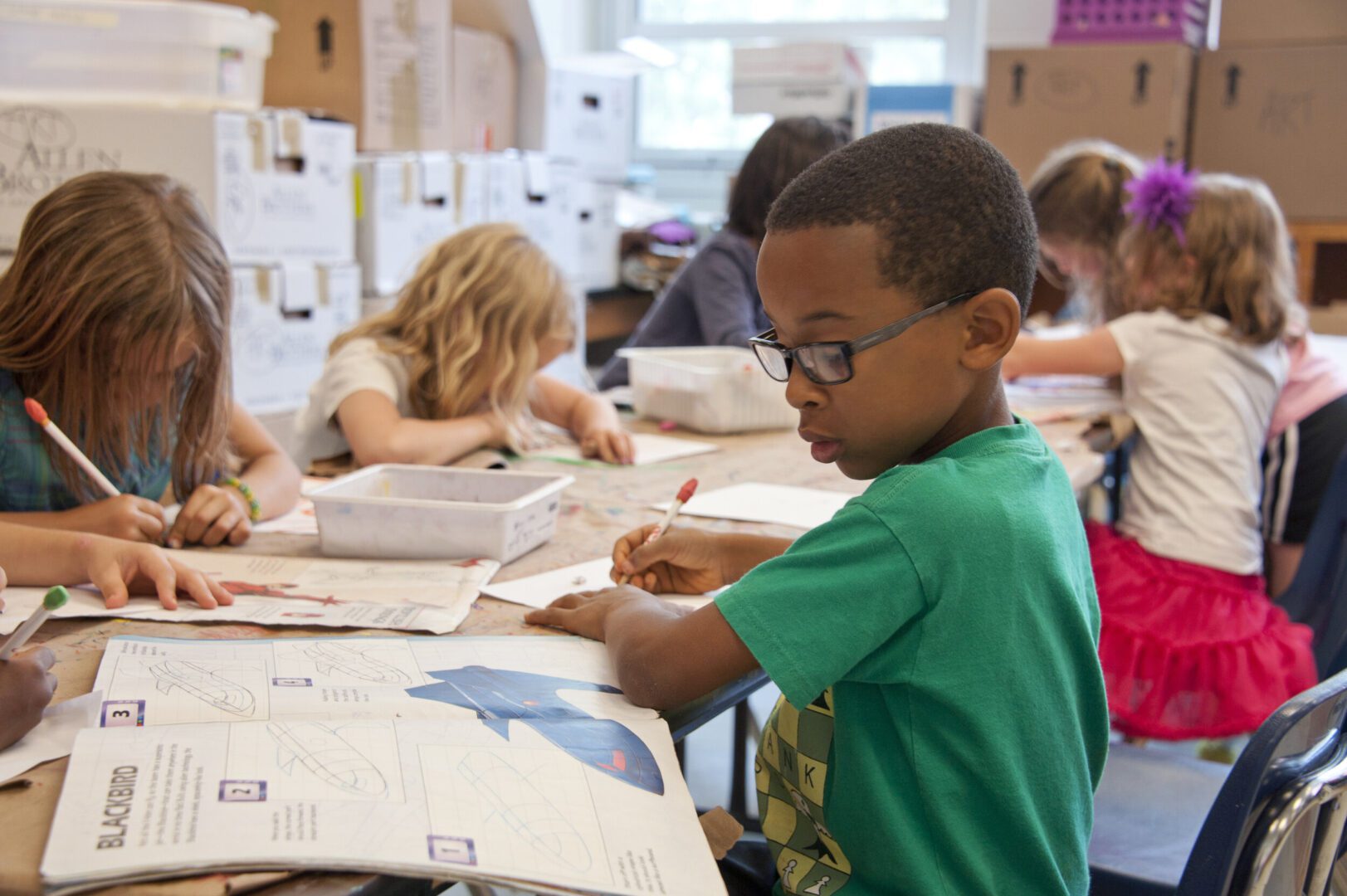
Even before the concept of the classroom itself was turned on its head, teaching was experiencing a transformation.
Table of Content
Trends are nothing new to teachers. They bear witness to the lightning speeds at which students’ attire, vocabularies, and media habits shift. But they also experience another category of cyclical ups and downs: educational trends. What’s perceived as the ultimate teaching tool one year can become passé the next.
Nevertheless, an article on the topic caught our attention earlier this year. “30 of the Most Popular Trends in Education” was the title; TeachThought, the publication. Among their thirty observations are a few that are highly relevant to any educator who shares our passion for financial literacy. Today, we’re taking five of the trends to the next level, matching them with actionable tools, lesson plans, and ideas to bring them to life.
Oh, and as a bonus, this week, we won’t even mention the educational elephant in the living room.
Growth Mindset

“I think I can, I think I can, I think I can.” A growth mindset is a frame of mind built on possibility rather than limitation. It’s the perspective that sees a roadblock as a challenge, and opportunity as an open door that begs the question, “why not me?” One of the most important ingredients in establishing a growth mindset is showing students what is possible. This is instilled by showing teens examples of others who have overcome adversity or merely made a small idea a big success. The ultimate win? A student who believes, “If they can do it, so can I.”
Resource: Profile video of Jeff Hanson, an artist who overcame adversity.

Project-Based Learning
A single experience teaches kids more than months of explanation ever will. That’s the heart behind project-based learning. The concept is to let students stumble upon the realities of physics, for example, rather than keeping the concepts, well, conceptual. In financial literacy, nothing beats the experience of looking at hard numbers. That’s why each of our free lesson plans includes a Family Activity Sheet that turns concepts into hands-on projects the whole family can enjoy together.
Resource: Family Budget Activity & Corresponding Lesson Plan

Genius Hour
If you haven’t heard of Genius Hour yet, prepare to get nervous. The concept is borrowed from Google’s policy of letting employees spend 20% of their working time on projects of their choosing. In the classroom setting (or a virtual one), students are allowed a set period of time to explore a topic of their choosing. For the Biz Kids in your classroom, this is a fabulous opportunity to point them to more in-depth entrepreneurship resources than the typical student would enjoy. Who knows: that extra hour of freedom could put a new invention into society.
Resources: 4 P’s of Marketing, Profit Worksheet

Game-Based Learning
If experience is better than lecture, what’s even better than experience? Fun! Game-based learning uses games as a way of offering digital experiences in topics not easily replicated in the real world. With more classrooms having access to iPads and computer labs, game-based learning is a fabulous way to teach kids how to manage money, even if they lack the resources to manage a real allowance or interact with a real bank.
Resources: Dollar-a-Glass Game, Break the Bank Game, Bring Home the Bacon Game

Mobile Learning
Fifteen years ago, phones in school were a forbidden presence. Today, the “if you can’t beat ‘em, join ‘em” concept is spreading like wildfire. Mobile learning is staked on the concept that if your students are going to be on their phones anyway, they may as well use that time for something positive.
Resource: BizKids.com Mobile-friendly site

